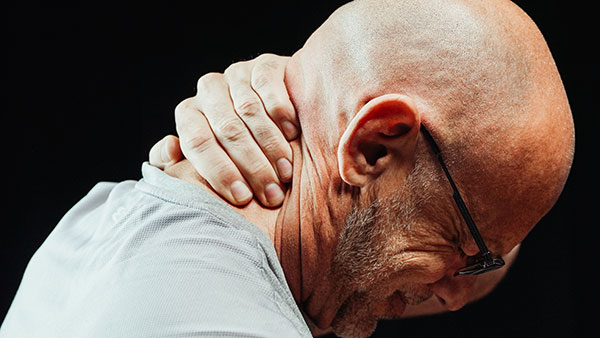Is chronic back pain getting on your nerves? These treatment options can provide relief while maintaining range of motion.
A spinal fusion is a tried-and-true surgical technique designed to join two or more vertebrae – you can think of it like a “welding” process. The goal of this procedure is to fuse damaged vertebrae into a single, solid bone to eliminate pain and restore stability to the spine.
Spinal fusions are standard for many back problems including degenerative disc disease, scoliosis, stenosis, and more. However, the procedure tends to be more invasive and requires a lengthier recovery. Over the years, orthopaedic surgeons have learned that spinal fusions may not always be necessary – that there are ways to take the pressure off the nerves without fusion.
Alternative Options
Depending on your particular case, your doctor may recommend one or more of the following alternatives to alleviate pain while preserving range of motion.
Physical Therapy – PT is designed to improve muscle strength and endurance while reducing pain. Building the muscles around the spine results in better support of the spine and less irritation from arthritis or pinched nerves. Beyond that, it is great for overall health and aerobic fitness.
Steroid Injections – Meant for symptom control, this minimally invasive procedure can temporarily relieve pain the neck, arms, back, and legs caused by inflammation of the spinal nerves.
Radiofrequency Ablation – With this minimally invasive procedure, heat is used to “ablate,” or burn, the nerve causing chronic pain in the lower back, neck, or arthritic joints. This prevents pain signals from reaching the brain.
Disc Replacement – Similar to hip or knee replacement, a surgery can be performed to replace a worn out portion of the spine (disc) with a long lasting mobile implant. This allows continued motion and near normal spine function. This can be done in the low back (lumbar spine) or in the neck (cervical spine).
Decompression Surgery – This is a minimally invasive outpatient surgery to remove the pressure on pinched nerves by either removing bone spurs or a herniated disc. Symptoms usually improve almost instantly, and patients can return to most of their activities within weeks. The option allows continued normal motion of the spine.
Benefits for Older Adults
One of the most significant downsides of spinal fusion in older adults is a potential loss of motion in the spine. Fusions can also put pressure or stress on the vertebrae levels above and below the fusion, which can cause them to break down and degenerate more quickly. This leads to an increased likelihood of further surgery down the road.
Through nonsurgical alternative methods, older adults can find improvement without the risks of surgery and anesthesia. If surgery is required, non-fusion options can be performed using minimally invasive techniques that allow for shorter operating time, quicker recovery, and minimal blood loss. Most patients go home the same day.

CSMO’s spine therapy team offers advanced care for injuries or pain originating in the back, neck, shoulders or pelvis. Their specialized training and experience in spine-related issues help patients assess their pain, find a root cause of symptoms, and develop scientifically sound and personalized treatment plans. Call (423) 624-2696 to schedule an evaluation.
AN EXPERT WEIGHS IN
Dr. Kyle Kelser
 “Surgery is a big decision, but the appropriately selected patients do extremely well. My preference is to do as minimal a surgery as possible to accomplish your goals. If a patient has a pinched nerve and I can take pressure off of it without changing the motion of their spine, I always prefer to go with that option. Moderate motion preserving surgical options have allowed many of my patients to get back to all the activities they enjoy doing.
“Surgery is a big decision, but the appropriately selected patients do extremely well. My preference is to do as minimal a surgery as possible to accomplish your goals. If a patient has a pinched nerve and I can take pressure off of it without changing the motion of their spine, I always prefer to go with that option. Moderate motion preserving surgical options have allowed many of my patients to get back to all the activities they enjoy doing.
In certain situations, like when a patient has severe arthritis, the right option is a fusion surgery with the goal of stopping motion at the worn-out part of the spine. These patients feel wildly better once they are no longer suffering with the pain of arthritis and pinched nerves. I pride myself on looking at each patient, talking to them, talking to their family, reviewing their imaging, and helping everyone come to a decision together that is going to be the right option. I often tell patients that I am a very conservative surgeon, and I only suggest surgery if I’m certain it’s going to be a home run.”
